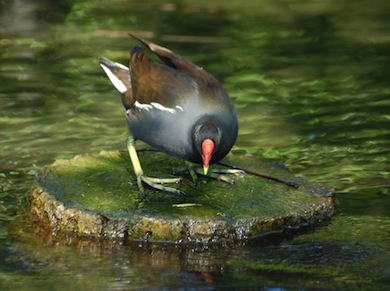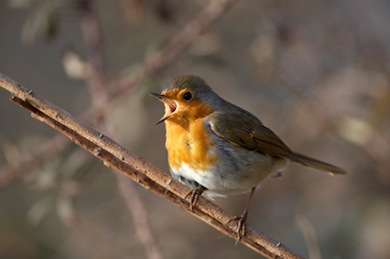A pleasant park with an old arm of the River Wandle, now restored and with water flowing through it once again.
Local Wildlife Site
Accessible Sites of Importance for Nature Conservation
Wandle Park
Borough: Merton
Grade: Borough Grade II
Access: Free public access (all/most of site)
Area: 4.49 ha
Description
Wildlife
Wandle Park in Colliers Wood was formerly the site of Wandle Park House, built about 1791. The house was demolished in 1962. Before it was straightened the River Wandle used to flow through the park, but after that the old course was left as an arm of the river, which subsequently dried up. It has now been restored and water once more flows south to north diagonally across the park from its southern corner. Through much of its length the river within the park is gravel-bottomed. There is a reedbed (an uncommon habitat in Merton) enclosing the southern end of the stream. Dragonflies and damselflies often frequent this wet area, including common darter (Sympetrum striolatum) and southern hawker (Aeshna cyanea). Grey wagtail and moorhen are often seen in the vicinity of the stream. This is a very pleasant well-maintained park with many fine mature trees and a length of hedge. There are one or two other attractive features, such as a large sculpture of a jug and an old drinking fountain with an interesting inscription. Just beyond the park on the River Wandle is Connolly's Mill, a site used for milling for at least 750 years. The present building dates from shortly before 1800 when it was opened as Merton Mill. It was built by John Rennie for Scots journalist James Perry, who also owned Wandle Park House; at that time it was one of the largest corn mills in the London area. It was more recently a leather works and was converted to housing in 1994.
Moorhen © André Van-Looy

Robin © Jason Gallier
Feedback
Have a question or a comment for this site, or notice anything missing or out of date? Please contact us.
